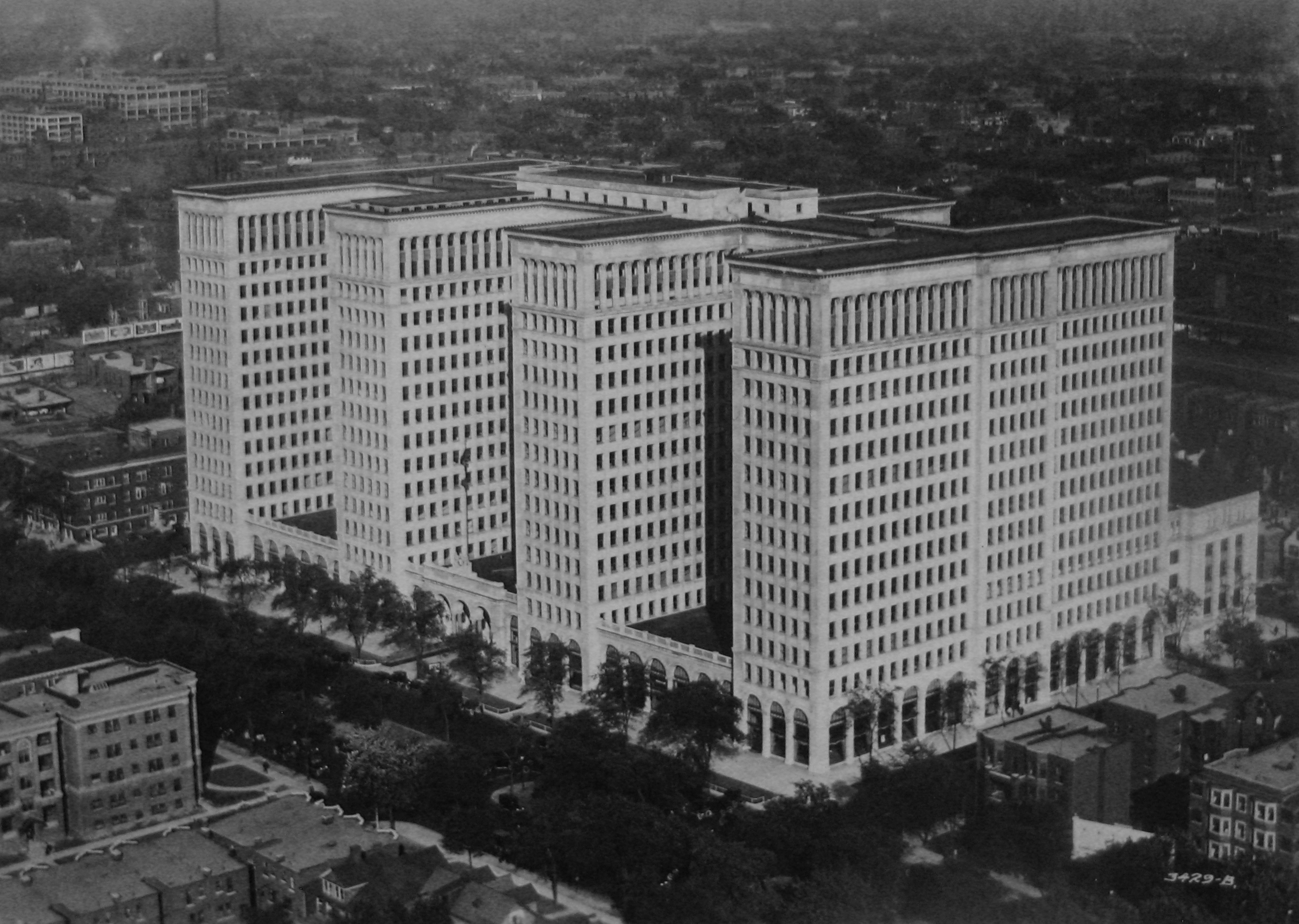Journal of the Society of Architectural Historians
Peer-Reviewed Journal Article, March 2018
In the period between 1919 and ‘22, two events catalyzed General Motors’ nascent dominance in the automotive industry: the company built a monumental headquarters in Detroit, designed by Albert Kahn Associates and located on what was then the periphery of the city; and a restructuring of the corporation was enacted at the behest of several newly appointed executives, including Alfred P. Sloan. In this article, I explore the conjunction between these events, arguing that both manifest a struggle with immense size. To cope with the bigness of buildings, corporations, and urban environments, GM and the Kahn firm developed strategies that set the agenda for architectural practice, corporate management, and urban development for the twentieth-century United States. Together, these strategies reveal the entwined forces that influenced the design of the General Motors Building.
Society of Architectural Historians Founders’ Award 2020
Photograph from Albert Kahn Associates records, Bentley Historical Library, University of Michigan
Society of Architectural Historians Founders’ Award 2020
Photograph from Albert Kahn Associates records, Bentley Historical Library, University of Michigan
